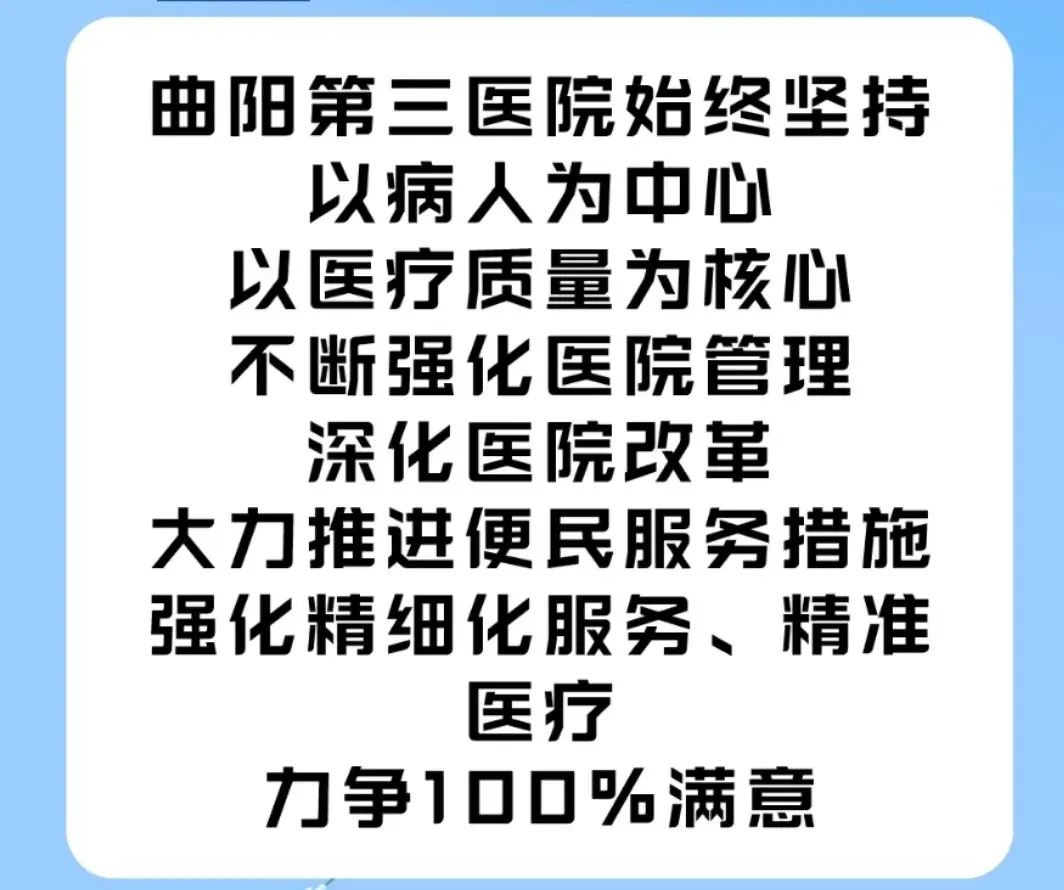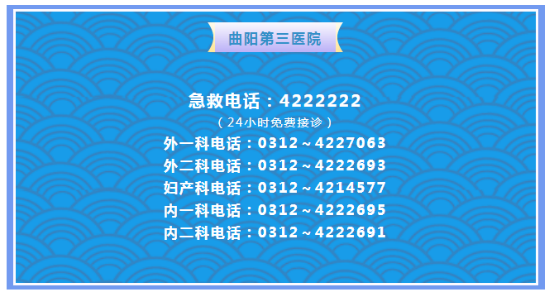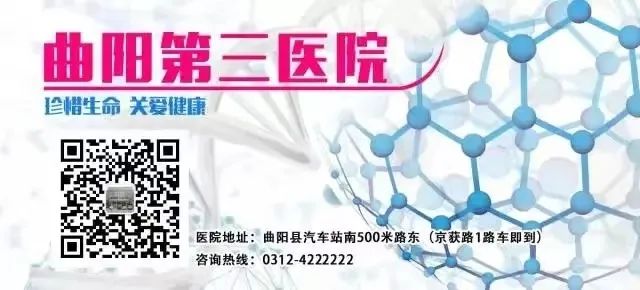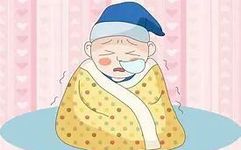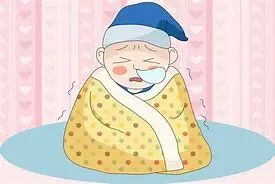 Generally speaking, colds caused by Wind-Cold are more common in winter, while those caused by Wind-Heat are more prevalent in summer. Their treatments are based on two opposing principles, so it is essential to understand the differences when taking medication. Many people often say they have a cold and are drinking Ban Lan Gen (Isatis Root), antiviral oral solutions, Jin Yin Hua (Honeysuckle), or herbal teas, which is incorrect if they do not properly distinguish between Wind-Cold and Wind-Heat colds.In Traditional Chinese Medicine (TCM), common colds are classified into Wind-Cold and Wind-Heat. In fact, many friends cannot differentiate between the two. Wind-Heat colds are usually caused by constipation, often associated with the Yangming channel syndrome. Typically, after two days of constipation, a sore throat may develop for one or two days, followed by cold symptoms, which indicates a Wind-Heat cold.
Generally speaking, colds caused by Wind-Cold are more common in winter, while those caused by Wind-Heat are more prevalent in summer. Their treatments are based on two opposing principles, so it is essential to understand the differences when taking medication. Many people often say they have a cold and are drinking Ban Lan Gen (Isatis Root), antiviral oral solutions, Jin Yin Hua (Honeysuckle), or herbal teas, which is incorrect if they do not properly distinguish between Wind-Cold and Wind-Heat colds.In Traditional Chinese Medicine (TCM), common colds are classified into Wind-Cold and Wind-Heat. In fact, many friends cannot differentiate between the two. Wind-Heat colds are usually caused by constipation, often associated with the Yangming channel syndrome. Typically, after two days of constipation, a sore throat may develop for one or two days, followed by cold symptoms, which indicates a Wind-Heat cold.
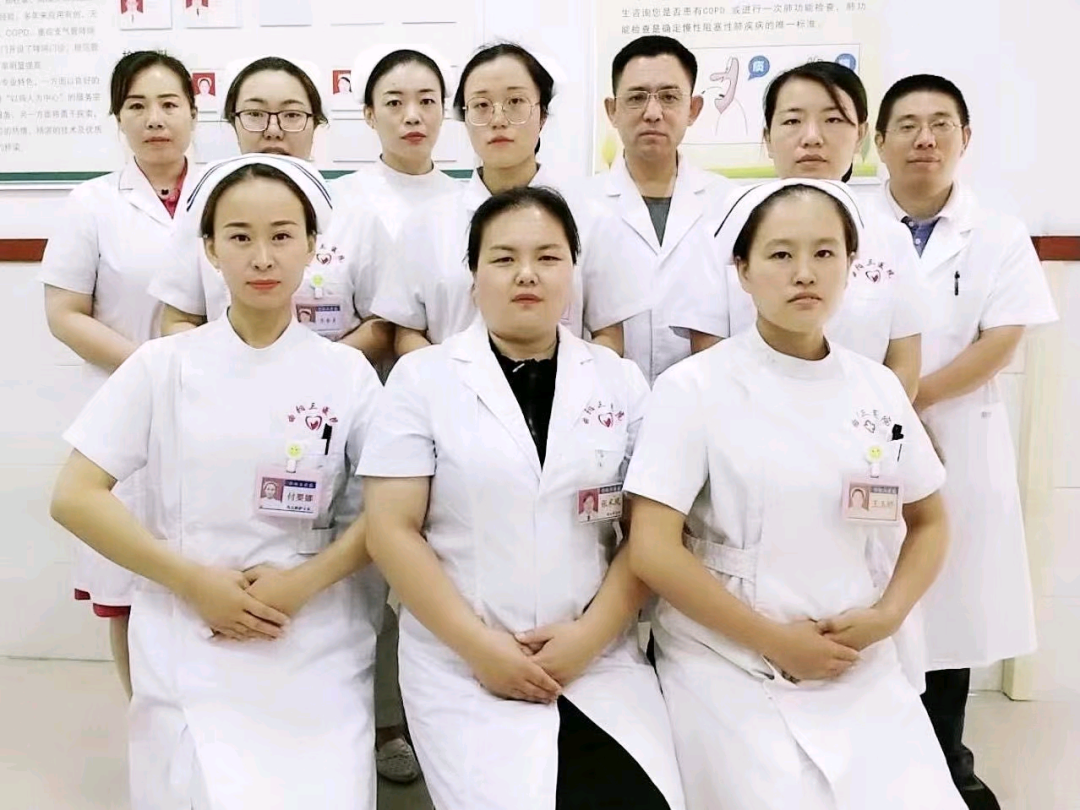
The symptoms include: sore throat, which usually occurs before cold symptoms, phlegm that is typically yellow or black, thick nasal discharge that is usually yellow, a tongue coating that may be slightly yellow or white, a red tongue body, constipation, fever, thirst, and irritability. The pulse is usually rapid or flooding, indicating a faster and stronger pulse than normal. The treatment for Wind-Heat colds primarily focuses on relieving constipation (often combined with clearing heat and resolving exterior symptoms, which usually yields quick results). Drinking herbal tea and taking clearing heat and detoxifying medications like Bai Lan Gen granules are recommended. Common Chinese patent medicines include San Huang Pian, Yin Qiao Jie Du Pian + Niuhuang Jie Du Pian, Bai Lan Gen, etc. One can also take oral solutions for Wind-Heat colds such as Jin Yin Hua oral solution, antiviral oral solutions, 999 Xiao Er Gan Mao Ling, You Ka Dan, Hao Wa Wa, Mei Lin, etc.The symptoms of Wind-Heat colds in children differ from those in adults, primarily presenting as: high fever, but less sensitivity to cold and wind, nasal congestion with thick nasal discharge, heavy cough, or sticky yellow phlegm, headache, thirst, red and dry or itchy throat. Bowel movements are dry, and urine is yellow. Examination may reveal red and swollen tonsils, congested throat, thin yellow or thick yellow tongue coating, red tongue body, and a floating and rapid pulse. Commonly used Chinese patent medicines include Xiao Er Re Su Qing oral solution, Xiao Er Chi Qiao Qing Re granules, and Xiao Er Gan Mao granules (oral solution).Additionally, it is important to note that viral colds do not equate to Wind-Heat colds. The term ‘virus’ is a Western medical concept, while TCM focuses more on the human body. Therefore, it is incorrect for some doctors to treat viral colds as Wind-Heat colds. Wind-Cold colds are usually caused by fatigue, lack of rest, and exposure to wind or cold. Wind-Cold colds are more common in autumn and winter and are classified as Taiyang channel syndrome, indicating obstruction of the Taiyang channel.
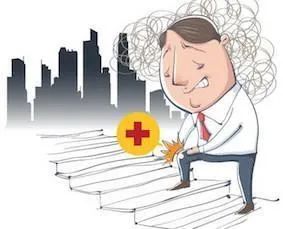
The characteristic symptoms include: strong pain in the back of the head, which may also cause stiffness in neck movement. Sensitivity to cold and wind, often requiring many layers of clothing or heavy blankets to feel comfortable. Nasal discharge is clear, white, or slightly yellow. If nasal congestion occurs without discharge, drinking hot water may help initiate clear nasal discharge, which also indicates a Wind-Cold cold. The tongue may have no coating or a thin white coating. The treatment for Wind-Cold colds should primarily focus on warming and releasing the exterior. Commonly used herbs include Ma Huang (Ephedra), Jing Jie (Schizonepeta), Fang Feng (Siler), and Su Ye (Perilla Leaf) as exterior-releasing and cold-dispelling herbs. For Chinese patent medicines, options include Gan Mao Qing Re Chong Ji, Zheng Chai Hu Yin Chong Ji, Gan Mao Soft Capsules, Chuan Xiong Cha Tiao San, Tong Xuan Li Fei Wan, etc. After taking medication, it is advisable to drink some hot porridge or soup to induce slight sweating, which helps to disperse the wind-cold. Caution is advised when using medications for children with Wind-Cold colds, with common Chinese patent medicines including Xiao Er Zhi Bao Wan.
